Liposuction Surgery – Types, Benefits, Risks, Recovery & Cost in India

Liposuction Surgery – Detailed Guide to Procedure, Benefits, Risks & Recovery
Fitness and beauty are important aspects of both personal and professional life in today’s image-conscious society. Certain fat deposits are resistant to lifestyle modifications, even if diet and exercise are crucial for preserving good health. Body proportions and confidence may be impacted by these troublesome fat spots.
To remove these fat deposits and mold the body for a more toned appearance, Liposuction Surgery is a cosmetic technique. Because it works and produces effects that last, it is one of the top five cosmetic operations done annually worldwide.
This article will discuss every aspect of liposuction surgery, including types, costs, risks, and recuperation.
What is Liposuction Surgery?
The minimally invasive cosmetic technique known as lipoplasty or body contouring surgery, or liposuction surgery, eliminates unwanted fat deposits from particular body parts. It is meant to shape and contour body parts rather than reduce total weight.
Common treatment areas include:
-
Abdomen and flanks (“love handles”)
-
Hips and buttocks
-
Inner and outer thighs
-
Upper arms
-
Chest and back
-
Double chin and neck fat
The procedure aims to enhance body proportions and provide a more sculpted appearance.
Types of Liposuction Surgery
Modern cosmetic technology offers multiple advanced liposuction techniques, making the procedure safer and more efficient.
1. Tumescent Liposuction
-
The most common type of liposuction.
-
A large volume of saline solution mixed with lidocaine (local anesthesia) and epinephrine is injected into fat tissue.
-
This fluid reduces bleeding and eases fat removal.
2. Ultrasound-Assisted Liposuction (UAL)
-
Uses ultrasonic vibrations to liquefy fat before suction.
-
Effective for denser, fibrous areas such as male chest, upper back, and enlarged breasts.
3. Laser-Assisted Liposuction (LAL)
-
Employs laser energy to melt fat cells.
-
Promotes skin tightening due to collagen stimulation.
-
Suitable for smaller areas like chin or arms.
4. Power-Assisted Liposuction (PAL)
-
Uses a vibrating cannula for easier fat dislodging.
-
Allows quicker fat removal with precision.
-
Often chosen for large treatment areas.
5. Water-Assisted Liposuction (WAL)
-
Uses pressurized water spray to loosen fat cells.
-
Gentle and minimally invasive with reduced trauma.
6. Vaser Liposuction (Advanced UAL)
-
Utilizes ultrasound waves for selective fat removal.
-
Helps preserve surrounding tissues like nerves and blood vessels.
-
Known for smoother skin tightening results.
Who Can Undergo Liposuction Surgery?
Not everyone is suitable for Liposuction Surgery. The best candidates are:
-
Adults within 30% of their ideal body weight.
-
Individuals with good skin elasticity and muscle tone.
-
People with localized fat deposits unresponsive to diet/exercise.
-
Non-smokers or those who can quit before/after the procedure.
-
Patients with realistic expectations about results.
It is not recommended for patients with heart disease, poor circulation, or uncontrolled diabetes.
Liposuction Surgery Procedure – Step by Step
The surgery is usually performed under general or local anesthesia depending on the treatment area.
Step 1 – Anesthesia
The patient is given anesthesia (local, intravenous sedation, or general) for comfort.
Step 2 – Incisions
Small incisions (usually a few millimeters) are made near the target area.
Step 3 – Fat Loosening
Depending on the technique, fat is broken down using fluid, ultrasound, or laser.
Step 4 – Fat Removal
A cannula connected to a suction device removes the loosened fat.
Step 5 – Closure and Dressing
Incisions are closed with sutures or left to heal naturally. Compression garments are applied for support.
Benefits of Liposuction Surgery
Physical Benefits
-
Permanent removal of stubborn fat.
-
Improved body contours and proportions.
-
Enhanced mobility and reduced strain on joints.
-
Helps treat conditions like gynecomastia (male breast enlargement).
-
Effective in treating lipomas (benign fatty tumors).
Psychological Benefits
-
Boosts self-confidence and body image.
-
Encourages a healthier lifestyle.
-
Improves clothing fit and appearance.
Risks and Complications of Liposuction Surgery
Although Liposuction Surgery is usually safe, there are certain hazards involved, particularly if the procedure is done by an inexperienced surgeon.
Possible complications include:
-
Swelling and bruising
-
Temporary numbness or tingling
-
Uneven contours or asymmetry
-
Infection at incision sites
-
Fluid buildup (seromas)
-
Blood clots (rare but serious)
-
Skin irregularities or rippling
Most risks can be minimized by selecting a qualified, board-certified cosmetic surgeon.
Recovery After Liposuction Surgery
Recovery duration depends on the extent of fat removed and the surgical technique used.
Immediate Recovery (First Week)
-
Swelling, bruising, and mild pain are common.
-
Compression garments are worn to reduce swelling.
-
Patients are encouraged to walk to improve circulation.
2–6 Weeks
-
Light activities can resume within a few days.
-
Swelling gradually decreases.
-
Avoid strenuous exercise for at least 4–6 weeks.
H3: 3–6 Months
-
Final results become visible.
-
Skin contracts around the new body contours.
-
Permanent fat removal achieved if weight is maintained.
Cost of Liposuction Surgery in India
The cost of Liposuction Surgery in India varies widely due to:
-
Surgeon’s expertise and reputation.
-
Technique used (VASER, laser, or tumescent).
-
Number of body areas treated.
-
Hospital/clinic facilities and city.
Depending on complexity, liposuction can cost anywhere from ₹80,000 to ₹3,50,000 on average. A customized pricing estimate is provided after a thorough consultation.
Liposuction vs. Non-Surgical Fat Reduction
Patients often confuse Liposuction Surgery with non-invasive fat reduction treatments.
Aspect Surgery for Liposuction Non-Surgical Fat Loss (Ultrasound, CoolSculpting, etc.) Being intrusive Operative Non-invasive Findings Instantaneous and dramatic Slow and less obvious Regions Big and numerous little and regional Downtime Several weeks with little downtime Enduring Constant with steady weight It can take several sessions.
Myths and Facts About Liposuction Surgery
Myth 1 – Liposuction Helps You Lose Weight
Fact: Liposuction is a body contouring procedure, not a weight-loss method.
Myth 2 – Fat Returns After Liposuction
Fact: Removed fat cells are gone permanently. However, new fat can accumulate if weight is gained.
Myth 3 – Liposuction is Unsafe
Fact: With modern techniques and a skilled surgeon, it is considered a safe cosmetic surgery.
Myth 4 – Recovery Takes Months
Fact: Most patients resume daily activities within a week and see final results in a few months.
Why Choosing the Right Surgeon Matters
The skill of the surgeon greatly influences the result of liposuction surgery. Selecting a skilled, licensed cosmetic surgeon guarantees:
-
Safe surgical practices.
-
Customized treatment plans.
-
Natural-looking, symmetrical results.
-
Reduced chances of complications.
Conclusion
A long-term, safe, and efficient remedy for those with troublesome fat deposits is Liposuction Surgery. Although it is not a replacement for weight loss, it is a great way to contour your body when diet and exercise don’t work.
Following surgery, patients can get their desired body shape and have long-lasting confidence by selecting the correct surgeon, being aware of the dangers, and leading a healthy lifestyle.
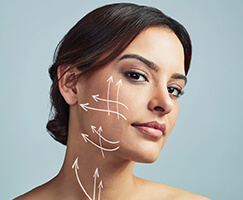






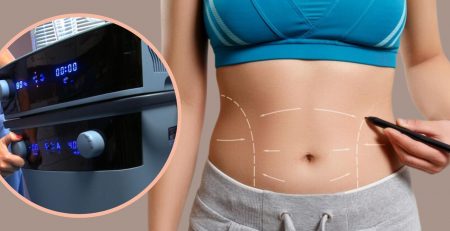


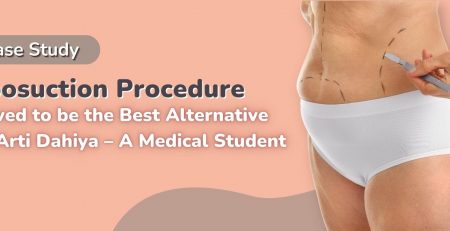


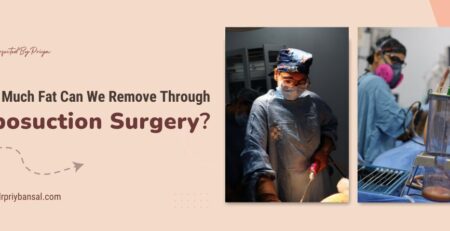
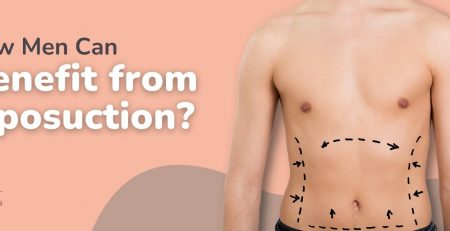
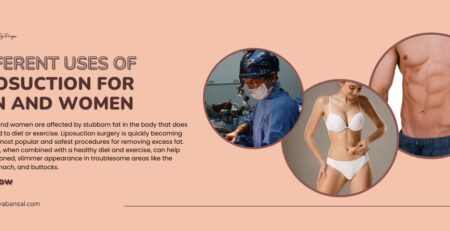
Leave a Reply
You must be logged in to post a comment.